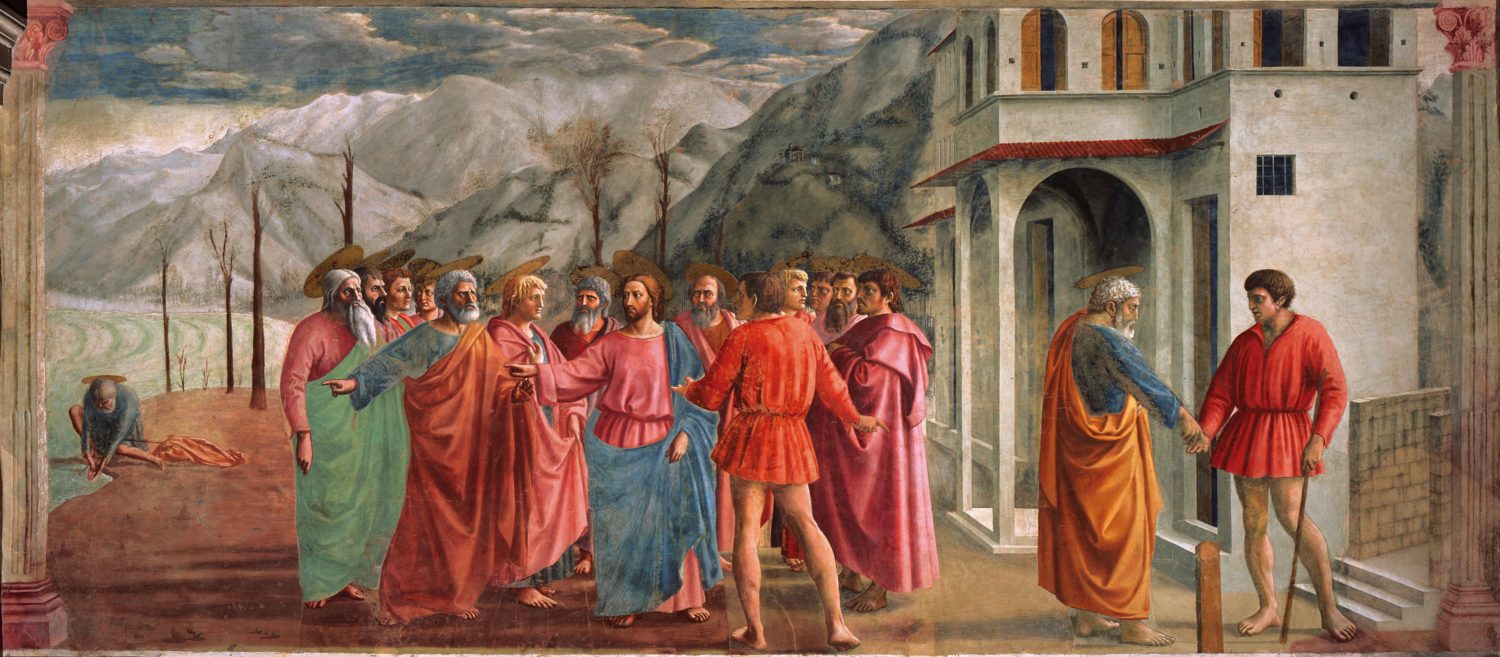
There doesn’t exist a single compelling definition of what the word ART actually means, because the word is totally abstract and depends on the user, their education, their cultural heritage, their social experiences, their mental processes and a myriad of other factors. What is for sure is that what some people consider to definitely be art, others consider to definitely not be art. So let’s look at some of the elements that go to decide whether something is art.
- Creativity. That someone, by their input, has taken something that isn’t art and made it into something that is art. So J M W Turner took some linseed oil, a box full of pigments and a piece of canvas and transformed them into The Fighting Temeraire. But also Marcel Duchamp took a mass produced men’s urinal and signed it “R. Mutt 1917” then said that it was art. A replica now sits in the Tate Modern. Today all that often matters is the “concept”, everything else on this list having lost importance.
- Aesthetic value. Massively subjective, this is a whole branch of philosophy. Common definitions are a binary pleasure/displeasure construct that is obviously fallacious. An unpleasurable work can still be aesthetically appreciated.
- Engender emotion. Delacroix’s Liberty Leading the People was locked away for 17 years because the French government were frightened of the violent emotions that seeing it would engender. Erotic art arouses completely different emotions as do bucolic scenes.
- An artist. We all know that a Monet or a Turner was the sole creation of that one person. But Peter Paul Rubens had a workshop of more than 50 people, all creating stuff to his style and under his direction. Renaissance artists like Raphael did the same. Damien Hirst sells works that he has probably never touched. So it gets very difficult indeed to draw the line about how much an artist has contributed to what is attributed to them.
- Originality. Leonardo da Vinci painted two Virgin of the Rocks, Manet painted two Le Déjeuner sur l’herbe. Pieter Bruegel the younger made a career out of selling copies of his father’s work. But it is with printing that repeatability really came to the fore, Durer’s prints are some of the finest works of art in history, but which is the art, the carved wood block, or the thousands of imprints run off from it? Warhol, with silk screening, took this concept further, when he died he had created 95,000 “original” works of art. So now many modern artists repeat their work to meed demand.
- Craft. Renaissance artists served long apprentices when they learned all the many skills needed to produce works. Many people appreciate the oil painting virtuosity of Rembrandt, Velazquez, Titian and Degas. But now “art” can be created on a computer and just printed out. A five year old could do it.
- Genius. The Renaissance treated artists as special, with God given gifts that were beyond mere mortals. Certainly the likes of Durer, Raphael, Monet and Turner were precocious and showed immense skill when they were mere children. We all know people who are naturally artistic, and people who most definitely aren’t. Until printing and photography came along it was easy to tell the difference, now we have gone and added computers to the mix. So, effectively, it is possible to be a successful modern artist with zero natural artistic ability.
You can see the problem here with struggling for a straightforward definition. And here is one thing of note, taking all the above into account the most common original work of art in the world could well be the humble haircut.

